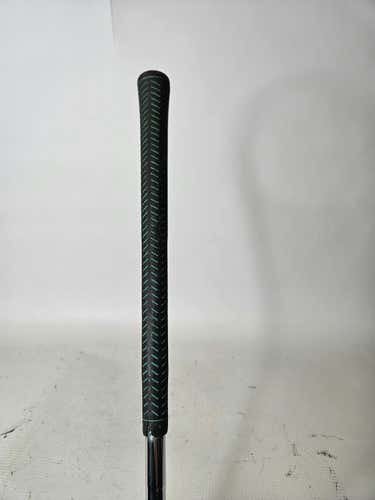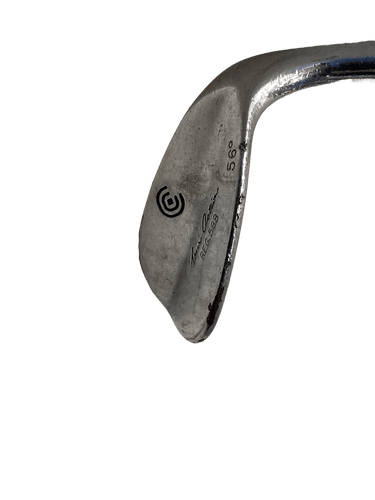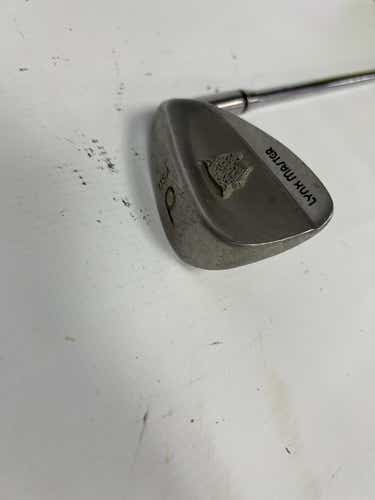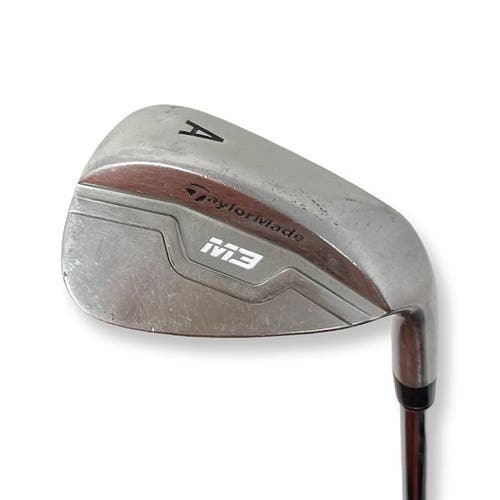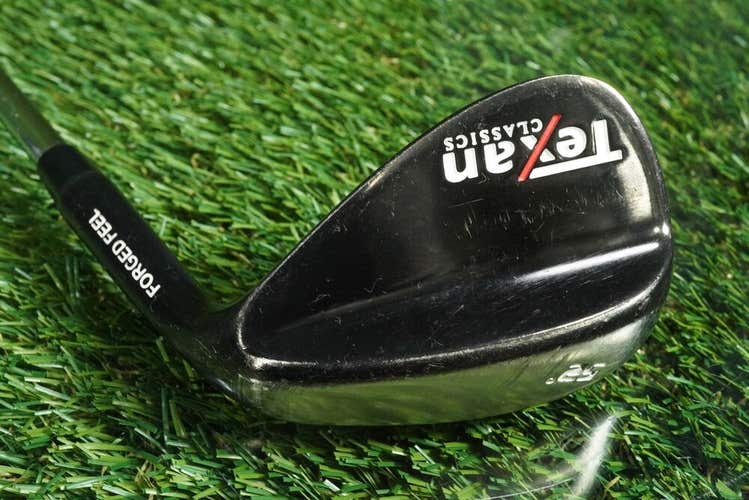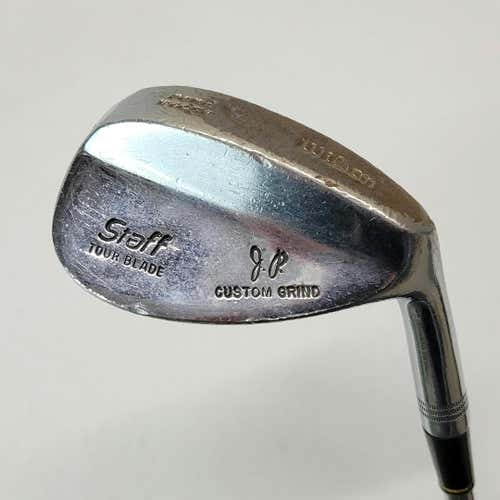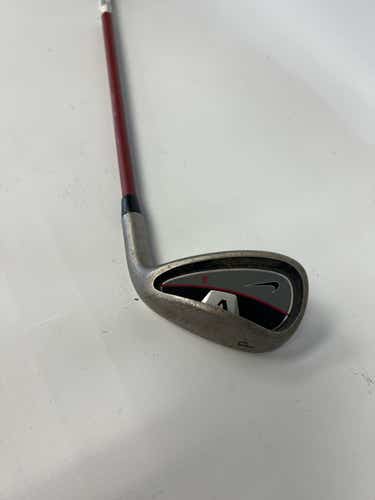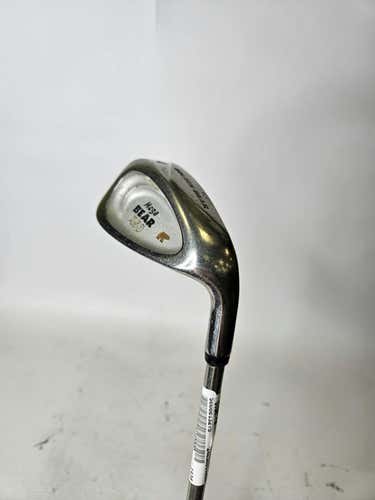Popular Golf Wedges
See more Popular Golf Wedges
Adams Tom watson
91 Available

Titleist Vokey SM9
194 Available

Wilson harmonized
116 Available

Callaway Edge
2465 Available

Callaway Jaws Raw
463 Available

Titleist Vokey
256 Available

Cleveland tour action
196 Available

TaylorMade Hi-Toe
108 Available

TaylorMade Milled Grind 3
127 Available

Titleist Vokey SM8
99 Available
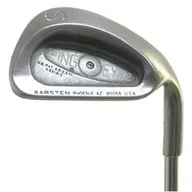
Ping Eye 2
88 Available

TaylorMade rac
94 Available
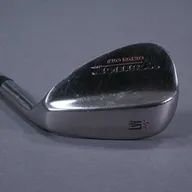
Warrior Warrior Custom Golf
88 Available
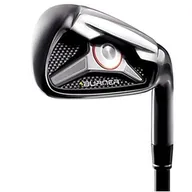
TaylorMade Burner
71 Available

Callaway Big Bertha
149 Available

Adams Idea
125 Available

Cobra King Cobra
86 Available

Cleveland RTX-3
53 Available

Wilson Staff
103 Available

Ping Karsten
70 Available

Titleist BV Vokey
60 Available

Callaway Jaws Raw Full Toe Chrome
53 Available

TaylorMade MIlled Grind
96 Available

TaylorMade Tour
70 Available

Ping Tour
74 Available

Cleveland Smart Sole
98 Available

Ben Hogan Ben Hogan SI
63 Available

Titleist Vokey SM7
52 Available

TaylorMade ATV
46 Available
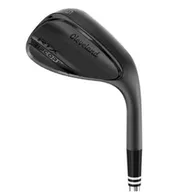
Cleveland RTX Zipcore
108 Available

Warrior TE
63 Available

Tommy Armour Tommy Armour VCG
62 Available

TaylorMade Burner Plus
26 Available

Ping forged
66 Available

Callaway Md5 jaws
77 Available
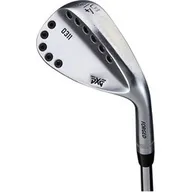
PXG 311
30 Available

Cleveland 588
61 Available

Cleveland RTX
98 Available

Titleist Vokey SM10
85 Available

BombTech BombTech
40 Available
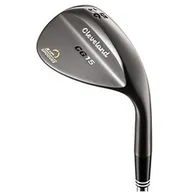
Cleveland CG15
44 Available

Titleist dci
41 Available

Callaway Jaws Full Toe
70 Available

Ping Glide
43 Available

TaylorMade RBladez
30 Available

Cleveland Rtx-4
39 Available

TaylorMade Burner 2.0
33 Available

Cleveland CG11
62 Available

Cleveland CG12
63 Available
Shop by Brand
CallawayTitleistTaylorMadeClevelandPingMizunoWilsonCobraAdamsNikeHEADWarriorPXGTop FliteLynxTour EdgeGolf PrideBridgestoneSrixonHonmaXXIOKZGMaxfliMiuraOdysseyWilson StaffEvnrollAldilaFSTArnold PalmerGrafalloyPumaTrue Temper
5,798 Results

piaskings

PiasKennesawGa

blakesgolfshop

PIACSNorth

PIACSNorth

blakesgolfshop

